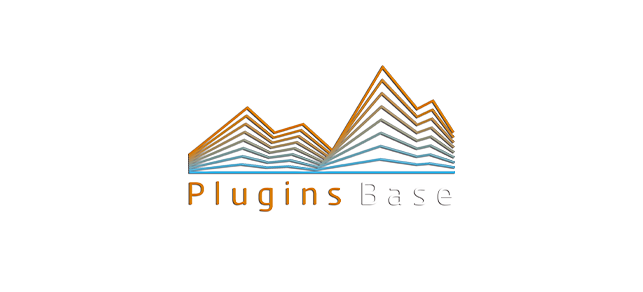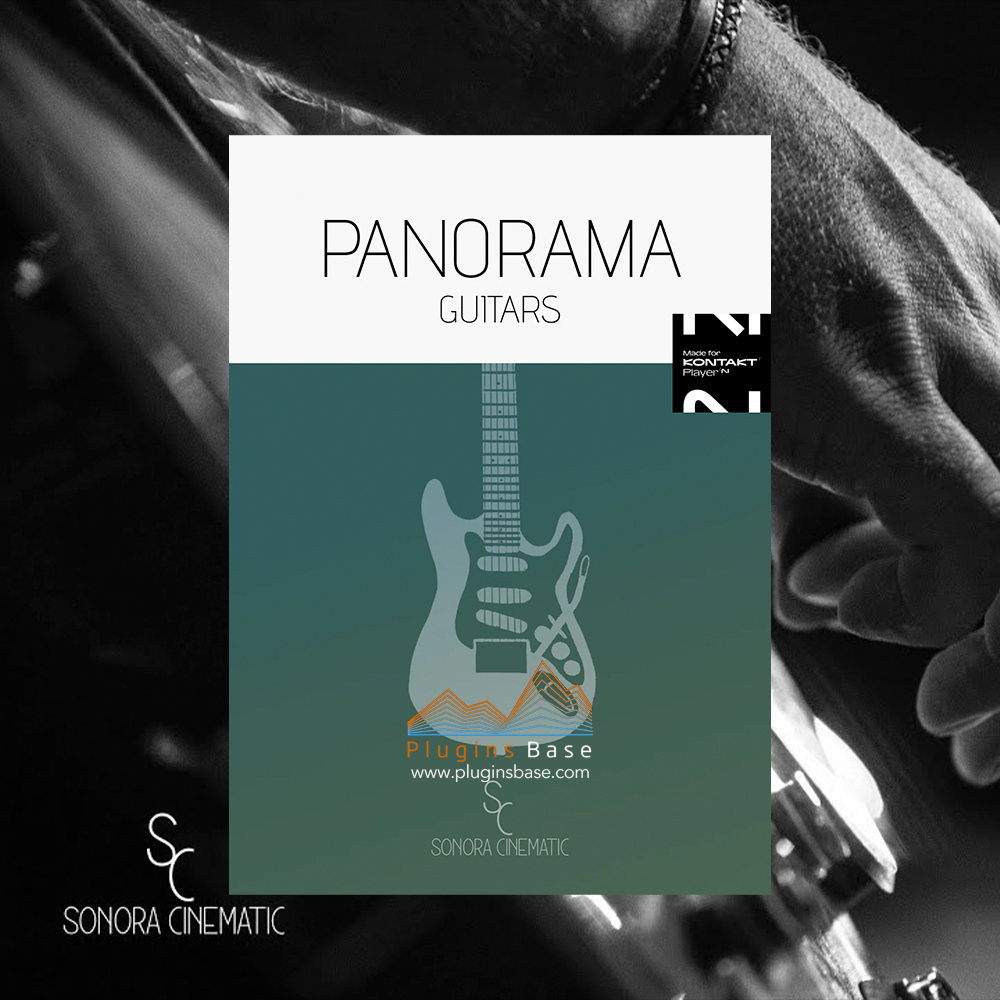[英文教程] 试唱练耳教学 Solfege and Ear Training: Beginner 201 (Major) TUTORIAL

MP4 | 2.02GB
Udemy Solfege 和视唱练耳初学者 201 大级教程
内容简介 掌握大调音阶
您将学到
更加熟悉大调音阶的度数
了解大调音阶的伴奏音法
提高您对音阶的整体认识
通过大量的耳朵测试来训练你的耳朵
要求
建议您学习本系列中的前几门课程,因为它们将帮助您轻松过渡到本级别。
能够唱准音准将帮助您从这些课程中获得最大收益。
课程描述
你是否曾想过如何用一种能让你理解音符的方式来思考旋律?你是否厌倦了旋律信息的模糊和陌生?您是否希望拓展您的音乐素养并学习音阶词汇,以帮助您在决定旋律时获得背景信息?你来对地方了!我们将在之前五级音阶课程的基础上进行扩展,现在介绍 Do-Re-Mi-Fa-So-La-Ti-Do。换句话说,就是整个大调音阶。这些课程分小块进行,可以让学生在每个音阶的环境中饱和地学习它的色彩和特点,然后通过每一个额外的课程来扩展他们的知识。本初级课程提供了在学习全部小调音阶之前所需的全部信息。我们将继续为您的视唱练耳增加新的音程,以及减七和弦和属七和弦。本课程中的视唱练耳测试数量庞大,因此请准备好接受多种大调音阶视唱练耳测试,以及和弦视唱练耳测试。你永远不会知道,在 Solfege 这个庞大的主题中,你会翻过哪块石头,发现新的东西!作为一名音乐家,Solfege 对我个人帮助很大,因为它给了我一种语言,让我能够理解作为钢琴家如何给爵士和弦上色,也给了我一个可以理解的独奏词汇,让我的即兴演奏背后有意图和信心。现在,我可以随时使用击键法来更好地理解我所聆听的音乐,并为之解密,同时也为我作为作曲家和演奏家的决策提供依据。你可以把对音准的理解看作是对语言的理解。如果你只是读一读或想一想,你仍然可以理解它,但当你开口说的时候,你对语言的理解就会变得更加成熟和自信。因此,即使你唱得不好,至少也要在视唱练耳部分尽力而为。本课程并不是视唱课程。虽然所涉及的材料肯定会帮助您提高视唱能力,但如果您有单独的指导,知道如何发展这一特定技能,这些课程在此阶段不会涉及任何形式的音乐符号。通过这些课程的学习,你最终将能够理解歌曲旋律中音符的选择,并在谱写自己的旋律时更有信心。因此,如果你已经准备好揭开旋律的神秘面纱,提高你的音乐素养,加深你对音阶和音准的理解,那么本课程就是为你准备的。
课程概述
第 1 节:音阶、音程和和弦
第 1 讲 大调音阶
第 2 讲 学习音程
第 3 讲 识别音程
第 4 讲 学习和弦
第 5 讲 识别和弦
第6讲 用和弦唱出音符
第7讲 用和弦识别音符
第二部分:回声/听力测试
第8讲 背唱
第9讲 听力测试
第10讲 反向耳朵测试
第三部分:总结
讲座 11 小结
希望更好地理解唱名和大调音阶的初学者、希望更好地理解旋律的作曲家/音乐制作人、希望测试耳朵的音乐理论爱好者、希望更好地理解音阶度数的乐器演奏家、希望更直观地决定旋律/和声的即兴演奏家
Udemy Solfege And Ear Training Beginner 201 Major TUTORIAL
Description: Master your major scales
What you’ll learn
Become more familiar with the degrees of a major scale
Find out what solfege contributes to the major sound
Improve your overall knowledge of solfege
Train your ear through plenty of ear tests
Requirements
It’s recommended that you take the previous courses within this series as they will help you transition into this level with ease.
Being able to sing on pitch will help you get the most out of these classes.
Description
Have you ever wondered how to think of melodies in a way where you can make sense of the notes? Are you sick of melodic information being vague and unfamiliar? Are you looking to expand your musicianship and learn the vocabulary of solfege to help you gain context for your melodic decisions? You’ve come to the right place!We’re going to expand from our previous course on pentascales, and now cover Do-Re-Mi-Fa-So-La-Ti-Do. In other words, the full major scale. Building these courses in small chunks allows students to saturate in each scale’s environment, learning it’s colors and characteristics, and then expanding their knowledge with each additional course. This beginner course offers all of the information you’ll need before progressing into the full minor scales. We are going to continue to add new intervals to your ear tests, as well as diminished and dominant 7th chords. The number of ear tests in this course is HUGE, so get ready to be tested on numerous ways of hearing major solfege, and it’s releation to chords.Designed to teach absolute beginners, or help fill in some knowledge of intermediate level students, this course is worth going through even if you think you know the basics well. You never know which rock you’ll overturn to find out something new within this vast topic of solfege!Solfege helped me personally as a musician, as it gave me a language to make sense of how I was coloring my jazz chords as a pianist, and gave me an understandable vocabulary as a soloist so that my improvisations had intent and confidence behind them. Solfege is now always available to me to better understand and demystify the music I listen to, as well as inform my decisions as a composer and performer.You don’t have to be a pro singer to take these courses, BUT being able to sing on pitch is a solid benefit. You can think of understanding pitch sort of like understanding a language. If you only ever read it or think it, you can still understand it, but as you get speaking it your understanding of the language becomes more developed and confident. So, even if you don’t sing well, at least try your best during the ear test portions.This course is NOT a course on sight singing. While the material covered will certainly help you improve your ability to sight sing, providing you have separate instruction as to how to develop that specific skill, these classes will not cover any form of music notation at this stage. From taking these courses you will eventually be able to understand note selection in melodies of songs you hear, and have more confidence when writing your own melodies. However, singing music off of a staff will not be developed until later courses.So, if you’re ready to demystify melodies, improve your musicianship, and improve your understanding of scales and solfege, then this course is for you.
Overview
Section 1: Scales, Intervals, and Chords
Lecture 1 Major Scales
Lecture 2 Learning Intervals
Lecture 3 Identifying Intervals
Lecture 4 Learning Chords
Lecture 5 Identifying Chords
Lecture 6 Sing Note with Chord
Lecture 7 Identify Note with Chord
Section 2: Singback/Ear Tests
Lecture 8 Singback
Lecture 9 Ear Tests
Lecture 10 Reverse Ear Tests
Section 3: Wrap-up
Lecture 11 Wrap-up
Beginner singers looking to better understand solfege and the major scale,Composers / Music Producers looking to improve their understanding of melodies,Music theory enthusiasts looking to test their ears,Instrumentalists looking to improve their understanding of scale degrees,Improvisers looking to be more intuitive with their melodic/harmonic decisions

常见问题FAQ
- 客服微信:pluginsbase
- 客服微信:pluginsbase
- 资源下载常见问题
- 下载时请不要断网或者暂停! 下载好,MAC用keka解压;WiN用winrar解压!网站可以免费下载这个两个压缩工具! 如遇到需要解压密码的文件,密码为www.pluginsbase.com或者yyrlom.taobao.com或者yuyinraoliangom或者yyrlom
- 免费下载或者VIP会员专享资源能否直接商用?
- 本站所有资源版权均属于原作者所有,这里所提供资源均只能用于参考学习用,请勿直接商用。若由于商用引起版权纠纷,一切责任均由使用者承担。更多说明请参考 VIP介绍。



![各种开门开锁声音效 UVI Soundbank Unlock v1.0.0 [WiN] 电影游戏配乐音效音源](https://pluginsbase.oss-cn-beijing.aliyuncs.com/wp-content/uploads/2023/11/1700722284-7e7123b0d269ad5.jpg)

![卷积混响效果器插件 Audio Ease Altiverb 7 XL [WiN+MAC]](https://pluginsbase.oss-cn-beijing.aliyuncs.com/wp-content/uploads/2023/12/1701855277-5f36fb790637b7a.jpg)
